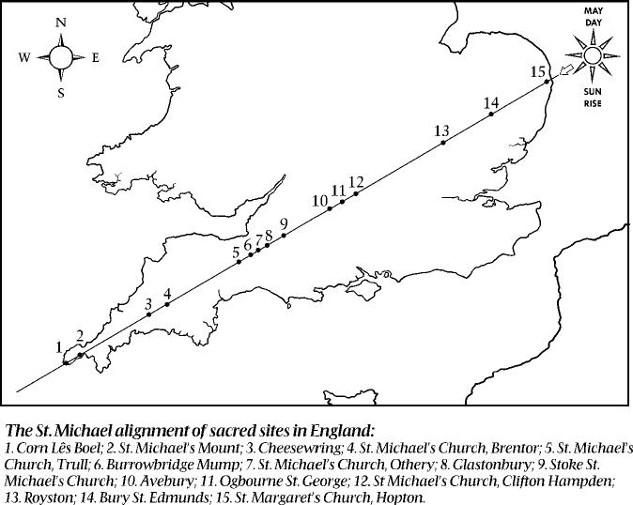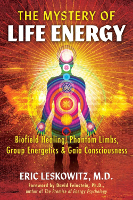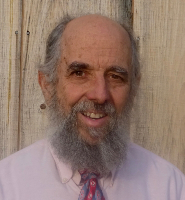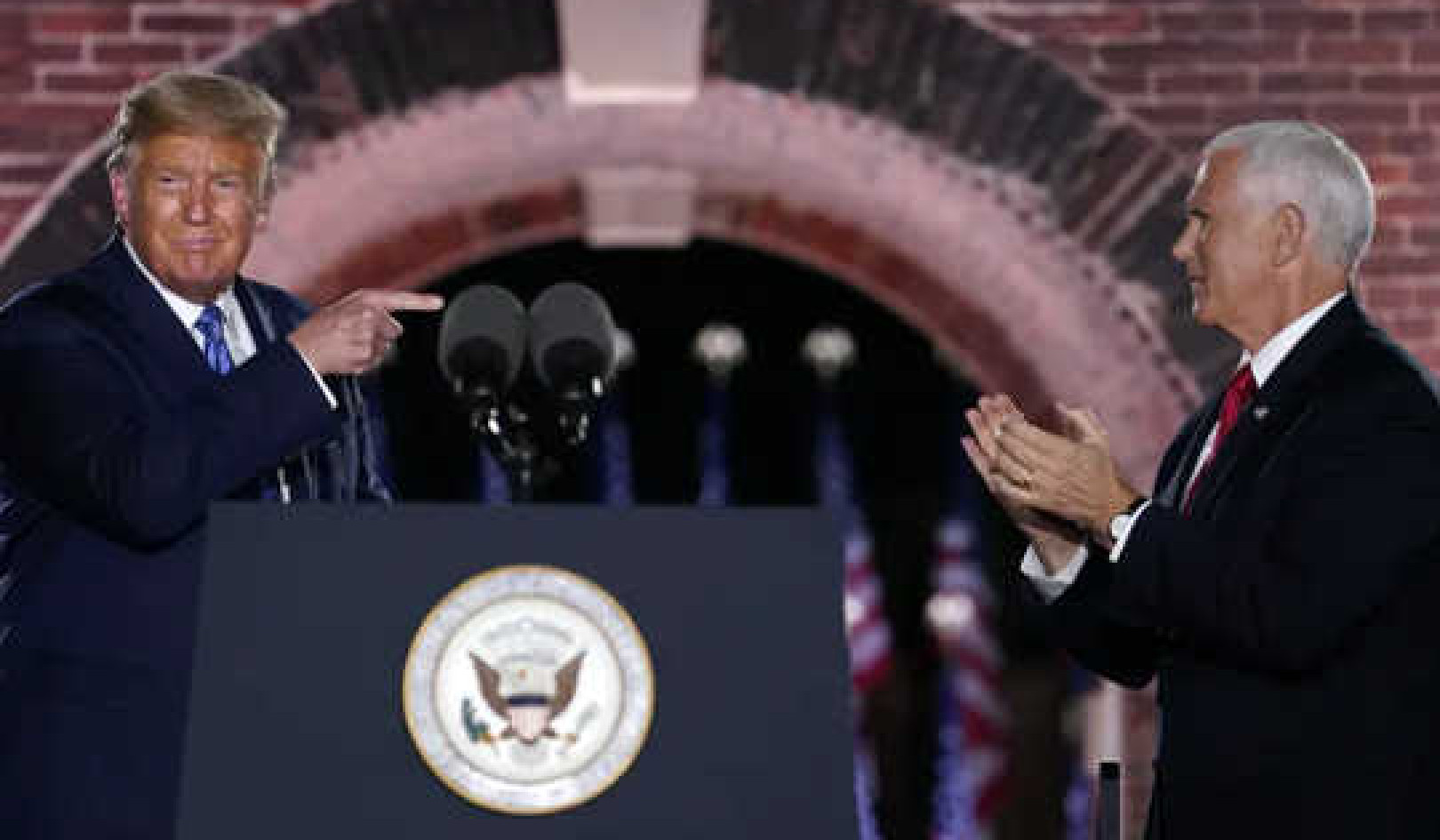
Image by beate bachmann
Are rocks alive, or rivers and oceans? What about the Earth itself? Indigenous peoples have for millennia treated Earth as alive and infused with sacred energy, but Westerners have only recently begun to wonder if the Earth itself might be a living organism. Poets everywhere have described this link, encapsulated in the idiom of “Mother Earth,” but surely high-tech twenty-first century America is too mature and civilized to take this anthropomorphic figure of speech literally. . .
Science Is Waking Up
The idea of Earth-as-organism was first popularized for contemporary society by environmentalist James Lovelock in 1976 in the form of his “Gaia Hypothesis,” which saw the Earth (or Gaia, the Greek goddess of the planet) as an assemblage of interacting life forms: an independent and interdependent self-regulating organism. This view was more refined than commonplace metaphors like “the forests are our lungs and the rivers are our circulatory system,” and definitely a big step up from seeing Earth as a “thing” to be owned, to have dominion over, to be divided into political states, and to mine and pollute at will.
The Old Testament phrase “to have dominion over His creation” is actually a mistranslation of the Hebrew verb “shomer,” which means “to guard or protect,” rather than “to control or dominate.” Quite an important change of meaning, one that has had a profound impact on Western civilization. But we’re still a long way from seeing Gaia as having her own independent consciousness of the sort attributed to her by indigenous tribal peoples the world over.
Ancient History Merges with Recent Science
These traditional shamanic beliefs are not so far-fetched, and are backed by ancient history, recent science, and an emergent set of hard-to-ignore anomalies that force us to stretch our materialist paradigm to the breaking point. My first exposure to this realm of Gaia and her energies came about because I married a woman who was born in England. My marriage gave me the opportunity to visit England fairly often, and I soon became entranced by the stone circles of Stonehenge, the best known of the scores of megalithic structures that cover the British Isles and beyond, extending to Central Europe and the Middle East.
At first, it was their size and astronomical alignments that caught my fancy, but as I read and travelled more widely, I learned that they weren’t randomly sprinkled across the countryside. They were following a hidden pattern that could be understood via geomancy, the medieval art of Earth divination.
Gaia’s Subtle Anatomy
In the early 1900s, retired surveyor and avid hiker Alfred Watkins began to notice that stone circles (as well as holy springs, castles, medieval churches and the like) seemed to be placed in a linear arrangement across the landscape. He assumed that each of these alignments—which he called “leys,” from the Middle English lehe (pronounced “lay”), meaning “a clearing or meadow”—were shaped by such geographic features as land contours, walking paths and trading routes.
However, the concept of leys developed a more mystical and energy-based overlay when Watkins’ 1925 book The Old Straight Track enjoyed a resurgence of interest in the ‘60s. An updated compilation of Watkins’ “straight tracks” shows that many of England’s best known ancient and medieval sites lie on a direct path from the southwest tip of Cornwall to the May Day sunrise point on her east coas, the so-called St. Michael’s line.

St. Michael’s ley line. Illustration by Rosi Fatah
It’s very tempting to reframe this pathway as an acupuncture meridian, with each castle or stone formation marking a particular acupoint. Some measuring devices have produced evidence that tends to confirm this energy-based explanation for the location of the ley lines.
So if it’s the case that Gaia has her own acupuncture meridians and points, then the next step in subtle anatomy analogizing would be to recast the electrically charged layers of the Earth’s atmosphere (the ionosphere and the magnetosphere) as analogs of the planes and sub-planes of the biofield, the Earth’s “aura.” Some have suggested that the planet’s major sacred sites—Stonehenge, the Pyramids, Notre Dame Cathedral, Ayers Rock, the canyons of Sedona—function as chakras for the entire Earth, setting the energetic frequency range for the entire planet and coordinating the flows of earth energy along the global ley line network (a literal world-wide web).
Sacred Sites
We’ve all experienced the sense of heightened energy when we visit a favorite natural setting, and if we’re fortunate, it sometimes rises to the level that the Iroquois people called manitou, or sacred presence. Many locations around the world have become widely recognized for exuding this universal spiritual “vibe.” For example, visitors to the canyons of Sedona, in the American Southwest, are given maps which show the exact location of a series of seven major energy vortices, all in a line.
Famed naturalist John Muir’s favorite shrine was the Yosemite Valley in northern California. Muir explained that it was easier to feel than to explain its grandeur, saying, “Every natural object is a conductor of divinity, and only by coming into contact with them may we be filled with the Holy Ghost”.
Other sites have developed their energetic aura following decades of ongoing spiritual and devotional practice by people there, like the Catholic shrine in Lourdes, France. In effect, these shrines have become “conditioned spaces,” as described by Stanford physicist William Tiller. In brief, he found that a laboratory room that was used exclusively as the site for regular group meditations underwent an energetic shift in its physical characteristics to the extent that it could alter the pH, the acidity level, of a flask of water placed there overnight. Human intention had conditioned the space to display measurable anomalous behaviors.
If the pH of water can be changed by placement in a conditioned space, then it’s not a stretch to imagine that human bodies (which are 65% water) could also undergo significant biochemical changes in such an environment, changes that might manifest as miraculous healings.
Stone Circles and Geomancy
According to magnetometers, Geiger counters and the like, incontrovertible validation of ley lines has not yet been achieved. In contrast, a time-honored but decidedly low-tech technique that geo-mancers swear by—dowsing—has shown some consistent evidence for the existence of these lines. Dowsing, though widely mocked in the mainstream, is still regularly used by farmers in New England and elsewhere to locate underground springs and ideal sites to drill wells.
One study conducted by a team of German physicists in Sri Lanka had a success rate of over 90% (Popular Mechanics, 2004). Dowsing is a variant of muscle testing, the diagnostic process used by many energy psychologists, but with the dowsing rod replacing the muscle group as the visible indicator of the mind/body response to a particular mental focus (that’s why muscle testing is also called “ideomotor signaling”—the idea moves the muscle).
But the world of higher-tech measurements does offer some tantalizing tidbits. For example, measurements of magnetic field strength at the Rollright stones, a circle of seventy-seven limestone boulders in England’s Cotswold Hills, show the magnetic field to be markedly weaker within the perimeter of the circle than outside. These results correlated with simultaneous dowsing being done on-site.
Amplifying and Disconnecting Energy
These correlations hint at the possibility that the stone circles were built on sites whose special energy coherence could be detected by pagan geomancers, who then designed and built stone structures to amplify terrestrial fields and create an even more highly resonant energetic space, perhaps for the purpose of enhancing and accelerating their spiritual practices.
In this same vein, indigenous tribal peoples the world over have used ceremony—human intention, coordinated group behavior, and ritualized actions—to energize and activate Gaia as they consecrate their “mother.” By offering prayers to the sacred beings of nature while utilizing group energetic coherence - traditional ceremonies from such diverse cultures as Lakota Sioux (sun dance), Maori (haka), Hopi/ Navajo (hoop dancing), and Balinese (trance dancing) - have worked with these energies for millennia.
In contrast to these ceremonial energy enhancement practices, many earth energy networks have also been dismantled in the course of their history. Sometimes the destruction of the energy network was unintentional, as when the stones lining the great avenue of Avebury were broken into smaller fragments to be used for the more mundane purpose of building cottages in the village.
On the other hand, the pre-Reformation Catholic Church in England made an organized effort to destroy or disrupt these megalithic structures as a way to dismantle, literally and figuratively, the non-Christian pagan beliefs that were prevalent at the time. Many medieval churches were built on sites specifically chosen because they were the home of pre-existing stone circles, so that their pagan practices could be more effectively eradicated by “unplugging” their shrines.
Consider the example of Stonor House, a British country estate west of London that has been held by the same family since its construction over 800 years ago (it was featured in the James Bond film The Living Daylights at the 25:00 mark). The family name, Stonor, derives from the ancient stone circle that originally marked the site.
When the Stonor family built a Christian chapel on their estate, they repurposed the original megalithic stones to become part of the chapel’s foundation thereby short-circuiting the energy grid. The administrators of Stonor euphemistically describe this process: “It was frequently the habit in medieval times to “claim” a pagan circle for Christianity by including a stone in the foundations for the new Christian chapel.”
Similarly, Mexico City’s Templo Mayor Cathedral was built by the Catholic Church on the grounds of the Aztec temple of Huitzilopochtli and Tlaloc. The temple had been destroyed by Cortés and his conquistadors in 1521 and was used for construction material to build the Spanish colonial city there. Alternative theories of humanity’s history hold that the destruction of ancient energy focal points was part of a grand plan of the hidden elites to disempower humans across the entire planetary grid, rendering them subservient forever by disconnecting them from the natural energies of the Earth.
In one version of this narrative, the 1990 war in Iraq was not about unseating Saddam Hussein or gaining control of oil fields, but about controlling a particularly powerful vortex of feminine energy in that area, to ensure that its complementary energies would not threaten the patriarchy’s grip on the global economy.
Reactivating Power Spots
If in fact power spots have been inactivated by The Powers That Be over the centuries in order to disconnect their subjects from ready access to Gaia’s abundant and innate energy, then it should also be possible to reverse that process. If ley lines are like acupuncture meridians, and sacred sites are like acupuncture points, then there should be an analogue to needle-based acupuncture treatment that could be applied to dormant sacred sites in order to re-activate them.
The same ceremonies that were used by pagan peoples to harness geomantic energy so that they could “ride the psychic surf ” could now be used to re-activate and re-awaken long-suppressed sites. A fantasy novel from 1985 described how a group of inspired female mystics worked together to reactivate several important nodal points on the Earth’s energy grid and thereby overthrow the nefarious patriarchal Powers That Be (Cannon, 2011).
Along the same lines but in the realm of non-fiction, I was fortunate enough to participate in one such re-activation process about 25 years ago, at a site in southern New Hampshire presumptuously called “America’s Stonehenge.” Archeological work suggests that the native Algonquians had constructed the site several thousand years ago, possibly for ceremonial purposes, only for it to fall into disuse for several hundred years after the tribes were uprooted by the American colonists.
This abandonment led to an energetic stagnation from disuse, one which astrologer Barbara Hand Clow sought to override that day with a group of about 15 students. She led an afternoon of ceremonial invocations, prayer, sound healing (using toning and conch shell trumpets) and sacred intention to reconnect the granite rocks of the earth realm with the higher energetic planes of the non-terrestrial beings that she worked with (Clow, 1995).
She highlighted several particular rocks as portals, multidimensional doorways through which the indigenous tribal peoples communicated with their ancestors and spirit guides in the higher dimensions. Even as a relatively energy-insensitive participant, I did notice that leaning against several of these particular stone outcroppings generated a sort of elevator effect, as though I was being lifted to an upper story or level of inner awareness. It was a definite shift in sensation and perception, even though we had not been prepped or prompted beforehand about what we might feel and where we might feel it.
So now these multidimensional portals are open again, and as more of them continue to be re-animated globally, Gaia and her inhabitants will benefit from their re-connection to the energies of the higher dimensions.
Copyright 2024. All Rights Reserved.
Printed with permission of the publisher, Bear & Co,
an imprint of Inner Traditions Intl.
Article Source:
BOOK: The Mystery of Life Energy
The Mystery of Life Energy: Biofield Healing, Phantom Limbs, Group Energetics, and Gaia Consciousness
by Eric Leskowitz.
 Examining the wealth of evidence supporting the reality of the human biofield, Eric Leskowitz, M.D., explores the role of life energy in healing therapies and outlines its many manifestations at the individual, group, and global levels. He shows how energy therapies have been taboo in the West. He reveals irrefutable evidence for the clinical benefits of energy-based therapies and describes the obstacles he faced in his own attempts to bring these holistic approaches into the world of academic medicine.
Examining the wealth of evidence supporting the reality of the human biofield, Eric Leskowitz, M.D., explores the role of life energy in healing therapies and outlines its many manifestations at the individual, group, and global levels. He shows how energy therapies have been taboo in the West. He reveals irrefutable evidence for the clinical benefits of energy-based therapies and describes the obstacles he faced in his own attempts to bring these holistic approaches into the world of academic medicine.
For more info and/or to order this book, click here. Also available as a Kindle edition.
About the Author
 Eric Leskowitz, M.D., is a retired Harvard Medical School-affiliated psychiatrist who practiced pain management for more than 25 years at Spaulding Rehabilitation Hospital in Boston. He has published more than 50 articles in peer-reviewed scientific journals and is the author/editor of four books including The Mystery of Life Energy. His documentary about group energies and sports, The Joy of Sox, aired nationally on PBS in 2012.
Eric Leskowitz, M.D., is a retired Harvard Medical School-affiliated psychiatrist who practiced pain management for more than 25 years at Spaulding Rehabilitation Hospital in Boston. He has published more than 50 articles in peer-reviewed scientific journals and is the author/editor of four books including The Mystery of Life Energy. His documentary about group energies and sports, The Joy of Sox, aired nationally on PBS in 2012.
Author's website: https://themysteryoflifeenergy.com/


























